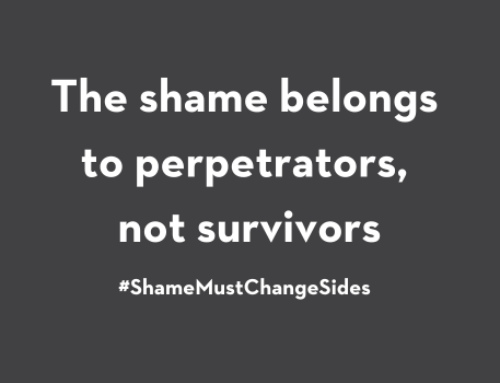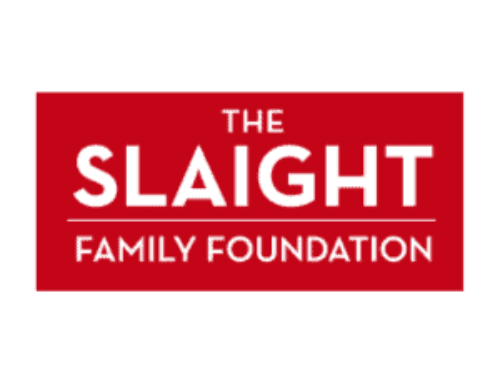By Andrea Gunraj, VP Public Engagement, Canadian Women’s Foundation
What Is Gender-Based Violence?
Gender-based violence is a broad term to describe the forms of abuse and harassment women, girls, and Two Spirit, trans and non-binary people are at highest risk of experiencing.
It can take physical and emotional forms, such as: name-calling, hitting, pushing, blocking, stalking/criminal harassment, rape, sexual assault, control, and manipulation.
Many forms of this abuse are against the law in Canada, addressed in the Criminal Code of Canada, labour laws, human rights laws, and other laws and policies.
A lot of this gender-based violence happens behind closed doors between people who know each other. For example, intimate partner violence often happens inside homes where only the people in that home witness it.
Why Knowing the Facts is Important
Gender-based violence happens at high rates in Canada.
Forty-four per cent of women experience intimate partner violence in their lifetimes.
Every 48 hours, a woman or girl is killed by violence.
Governments in Canada as well as the United Nations have called gender-based violence an epidemic because so many experience it.
Rates of gender-based violence are higher for marginalized women and gender-diverse people, including Indigenous women, women with disabilities, young women, and women in the North. Marginalized women and gender-diverse people also have lower access to relevant support services and help when they face gender-based violence, which makes them even more vulnerable.
The toll of this violence on those who are harmed and those who witness it, such as children, is significant. It has a negative impact on family and community health and wellbeing and a heavy economic cost.
How People React to the Topic
When I’ve addressed gender-based violence in mainstream media and on social media, I’ve received an array of comments. Many people affirm a desire to end this violence in Canada. Sometimes, people ask questions about it and share related topics they want to learn more about.
Some reactions I’ve received are negative. They include:
- denials about the facts and impacts of gender-based violence.
- accusations that I’m exaggerating the scope of gender-based violence in Canada.
- sexist, transphobic, and homophobic comments.
- victim-blaming and woman-blaming comments.
- circulating misinformation, disinformation and incorrect facts about gender-based violence.
What I Remember in the Backlash
- There’s an abundance of reliable statistics and research on the widespread experience and harms of gender-based violence in Canada and who is most affected by this abuse. In many instances, the available data may underestimate the scope of the problem.
- Grantees and partners of the Canadian Women’s Foundation work hard with us to raise awareness of and prevent and end this violence across communities. This is essential work, even today.
- People have their own personal reasons for denials, accusations, and discriminatory comments. We can persist in raising awareness, supporting abuse survivors, and ending gender-based violence.
Ending gender-based violence is one of the core issues of gender equality the Canadian Women’s Foundation’s community is passionate about.
Count yourself in and join us. You’ll get tips, tools, and opportunities to make a difference.
Learn more
Become a Signal for Help Responder
The Facts about Gender-Based Violence
Learn more about our Out of Violence work.






